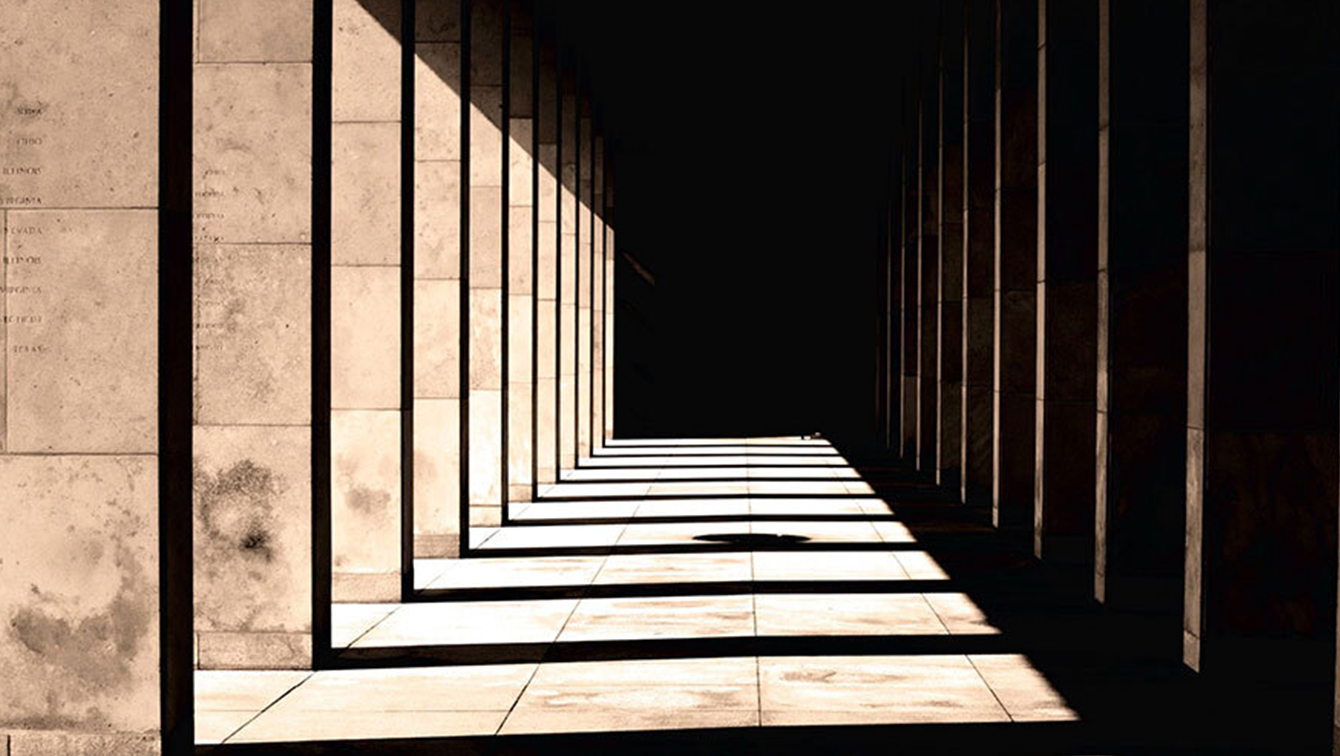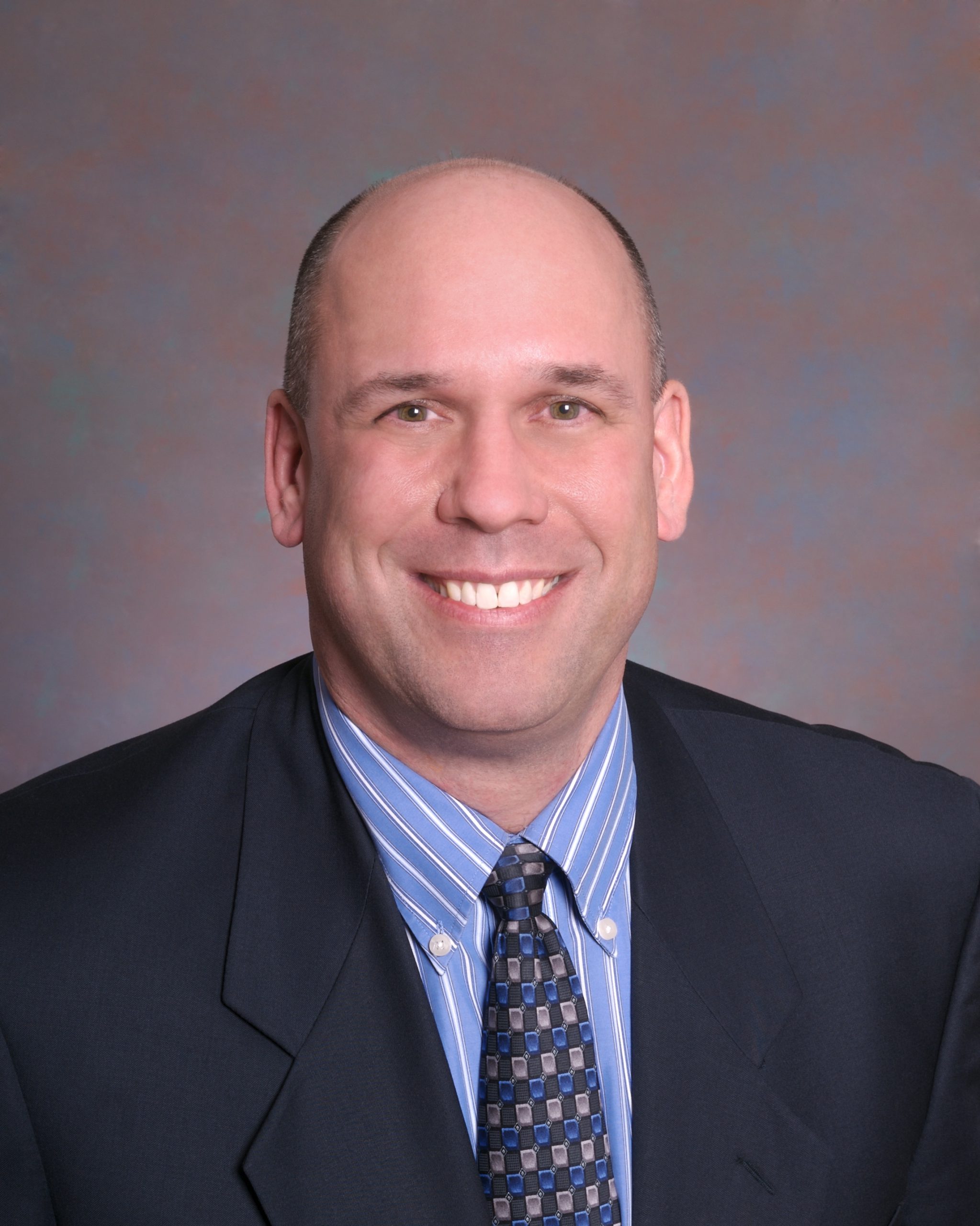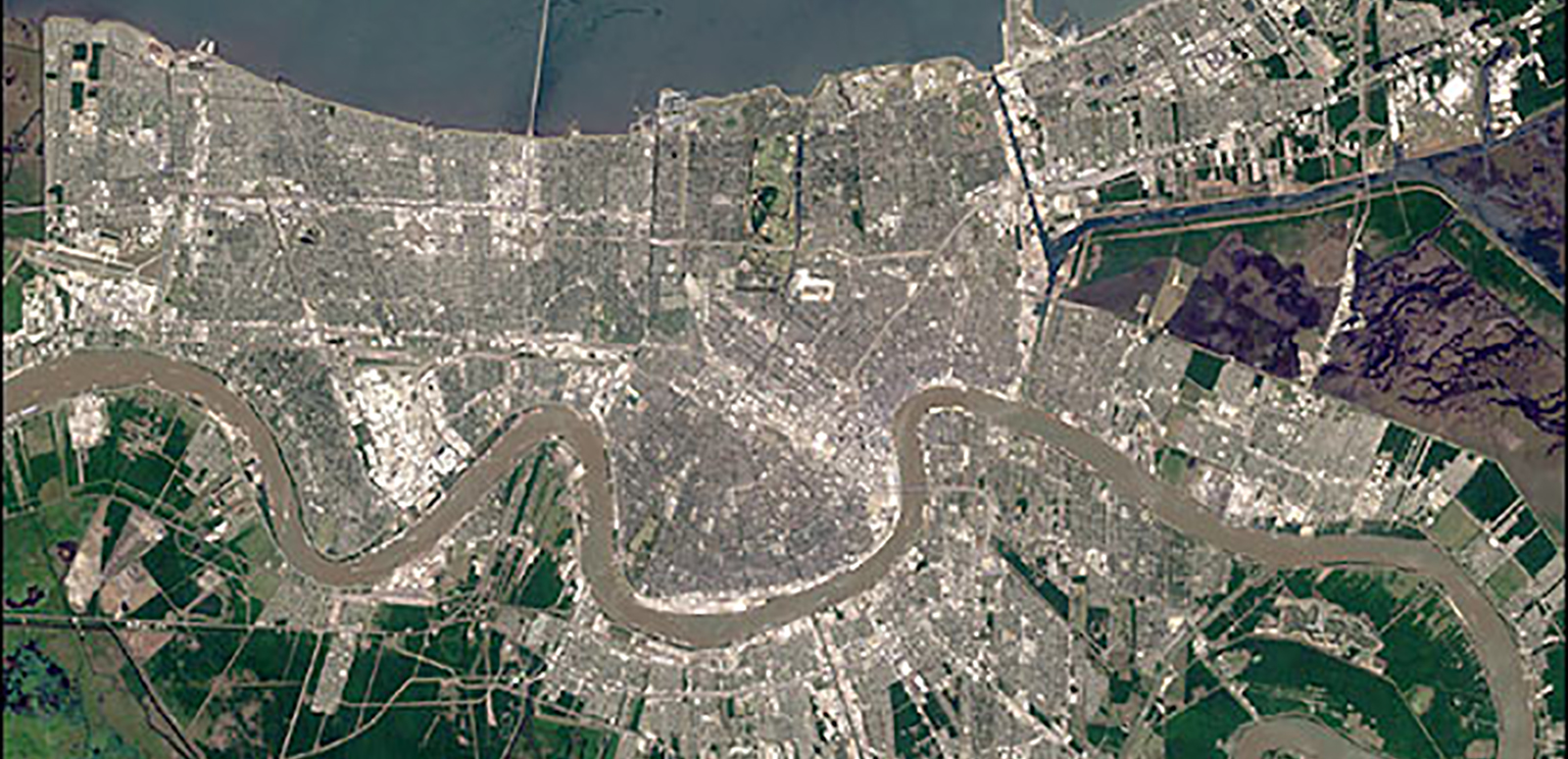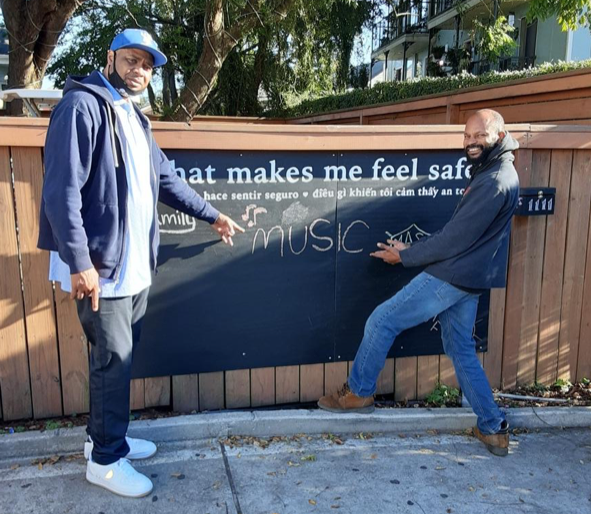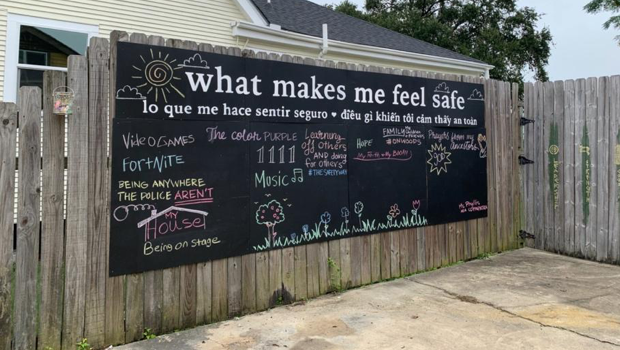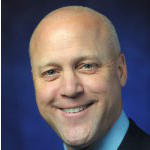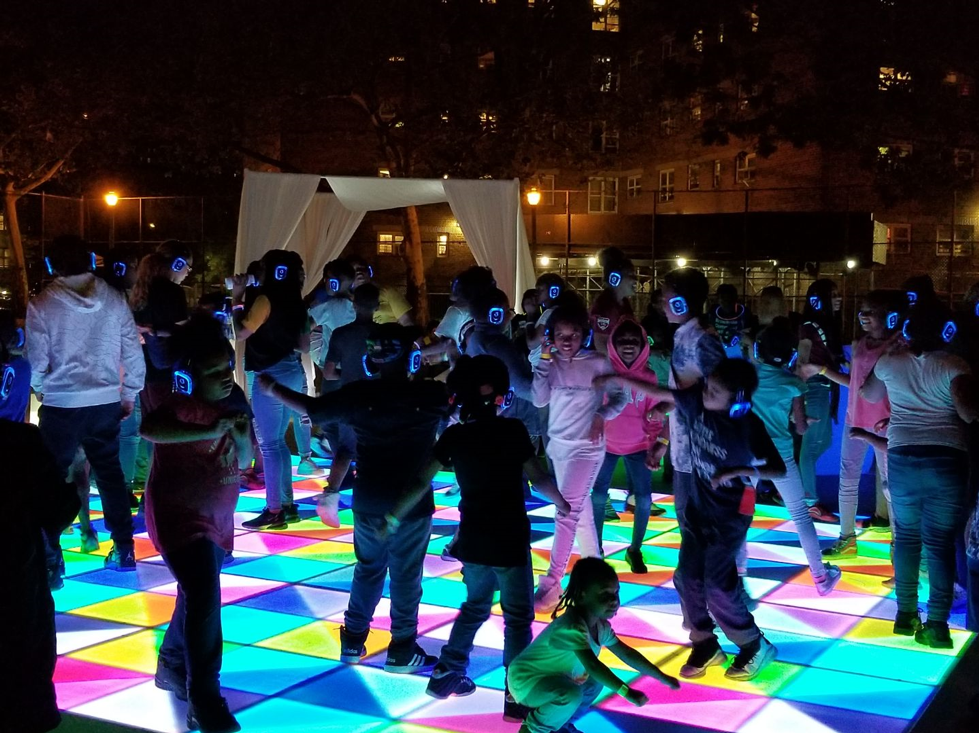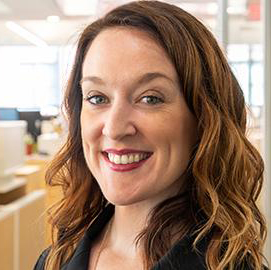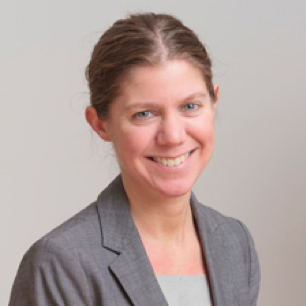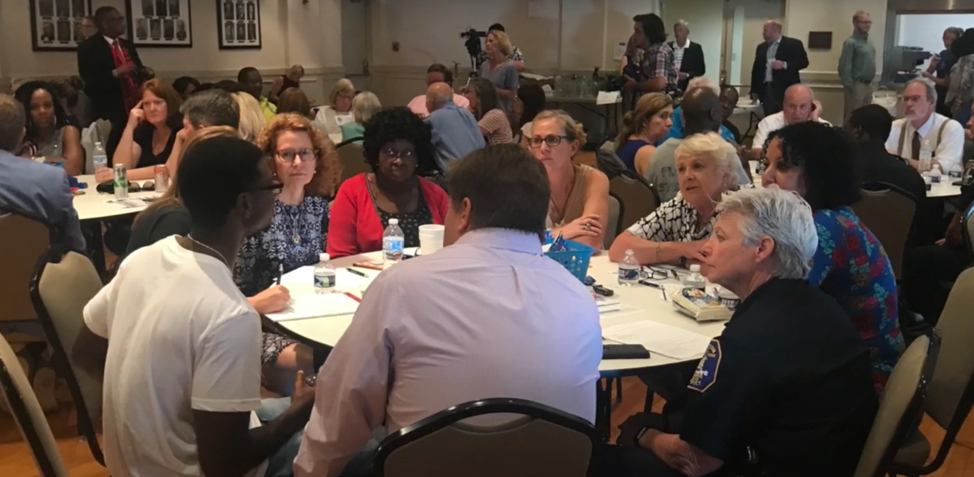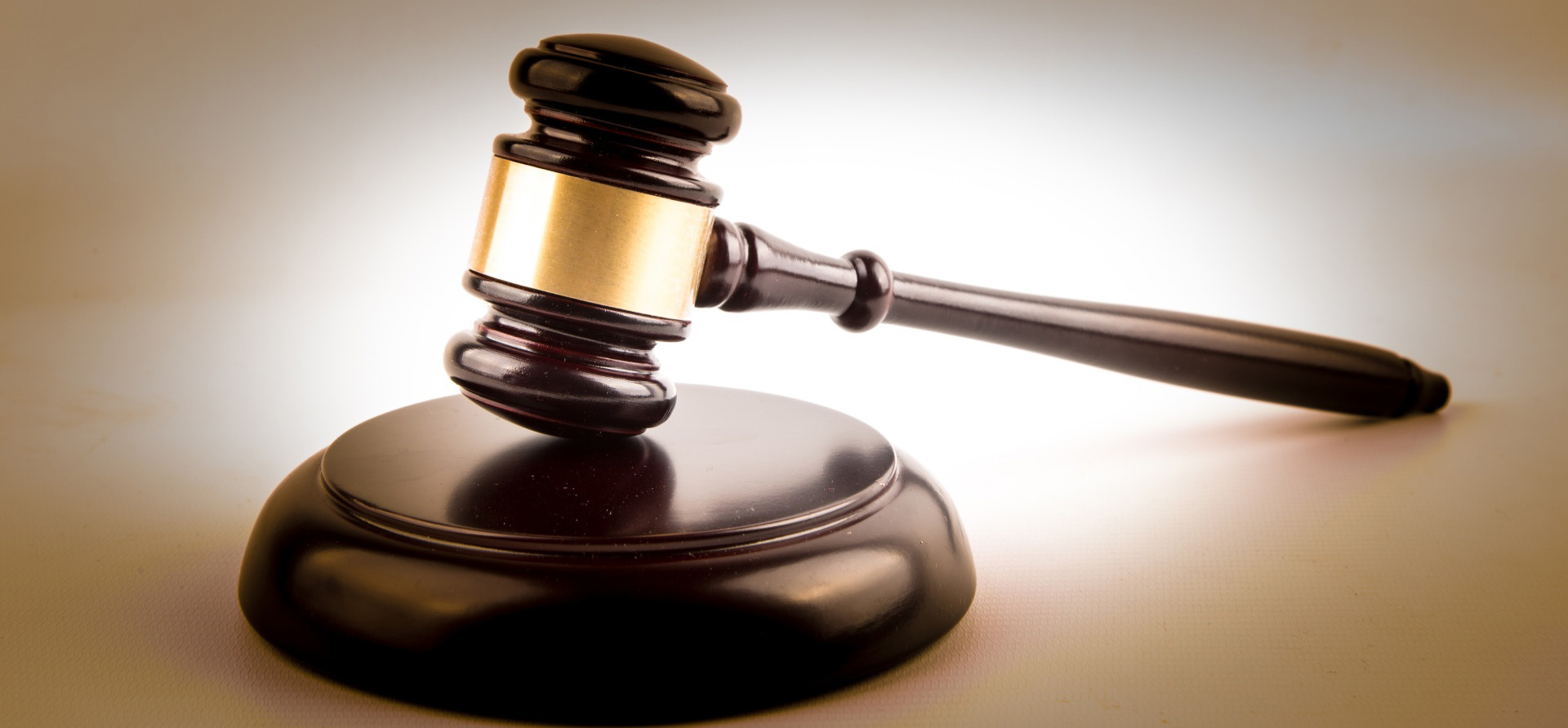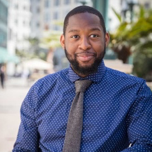COVID Featured Jurisdictions Jail Populations February 22, 2021
New York Times staff writer Emily Bazelon moderated a lively discussion of the Safety and Justice Challenge recently, featuring panelists from challenge sites in St. Louis County, MO and Charleston County, NC.
The discussion coincided with release of a report by the Institute for State and Local Governance (ISLG), showing declines in jail populations by a significant percentage across the challenge’s sites. You can watch the full 51-minute video here.
“I think the main thing to take away is that we have seen a lot of progress in our sites,” said Reagan Daly, Research Director with ISLG. “This progress started before the pandemic. We’ve seen even more dramatic reductions in jail population since then.”
“We have seen improvements in outcomes across different racial and ethnic groups,” Ms. Daly said. “When you look at people of color who are who are in the systems in these sites, we’ve seen that they have also benefited from these jail population reductions.”
Success begins with getting different stakeholders around the table, said Beverly Hauber, District Defender at the Missouri State Public Defender’s Office.
“We have so many different stakeholders in our meetings, it has allowed us to see change and to have really thoughtful conversations,” she said. “And nothing is going to change if you can’t sit in a room and be honest and discuss some of the things that the folks bring to the table and the opinions that they already have.”
“That’s one thing that I noticed,” said Ms. Bazelon from the New York Times. “Observing MacArthur’s work, the grant gives everyone a reason to take part in this, including people in the system who, you know, may be perfectly satisfied with the status quo and not super interested in changing it. But they have to sit down and be there once the grant has been accepted. And I think that it’s a carrot, I guess, instead of a stick. It’s interesting to think about that dynamic.”
These processes are helped by the presence of community representatives, said Keith Smalls, a previously incarcerated individual, and a representative on Charleston County Criminal Justice Coordinating Council.
“When you are able to have community representatives like myself to these conversations, and you can give opinions, and ideas, and even hear people’s complaints about the system, then take those back to the drawing board, it brings people back to the table even more,” he said. “The most important thing is we can get results and then take those back to the community.”
Laurie Garduque, Director, Criminal Justice with the MacArthur Foundation said there have been challenges along with the “quick wins.”
“One thing the process really impressed upon us was that these are local problems that require local solutions because the criminal justice system operates at the discretion of those lawmakers,” she said.
The panel also discussed challenges with diagnosing the cause of increasing length of stay at some sites. They also touched on frequent utilizers of local jail systems.
Ms. Bazelon, who authored the book, Charged, about transforming the criminal justice system, said that prosecutors often told her, when she was discussing the issue of frequent jail users around the country, “we’re not social workers.”
But tackling the issues faced by frequent jail users is a matter of having community will, said Wesley Bell, St. Louis County Prosecuting Attorney.
“I think that this country, with the most resources in the world, just has to have the will,” he said. “And when we decide to address the underlying causes of why that person is a frequent utilizer – generally drug addiction, substance abuse, and mental health issues – it’s not hard to do, it’s about having the will to do it.”
Reporters who joined the call asked whether COVID-19 has taught lessons about reducing jail populations that can be drawn on, into the future. It has, said the panelists, for example, jurisdictions have further reduced jail populations by reducing bookings and arrests, changing bail protocols, increased use of technology, and a focus on behavioral health for improving reentry chances.
Another reporter asked about the possible risk of withdrawing funding from a jurisdiction. Ms. Garduque responded by pointing out that the grants do not make up significant portions of any recipient’s overall budget. What they do is provide incentives for stakeholders to sit down and work together to solve common problems. And that once the relationships have been formed, the idea is to make them sustainable into the future.
The grant dollars give stakeholders a reason to sit down and form lasting relationships, said Ms. Hauber. But if the dollars were to go away, the relationships would sustain, she said. Reducing jail populations also saves jurisdictions money, the panelists agreed.
“When your jail population reduces by 30 percent, there’s an opportunity to reallocate funding in different ways,” said Kristy Danford, coordinator of Charleston County Criminal Justice Coordinating Council. Ms. Danford’s SJC site sustainably reduced its jail population by 20 percent between 2014 and 2019, and has placed community engagement at the heart of its decision-making.
—Matt Davis is a communications consultant supporting the Safety and Justice Challenge blog.
